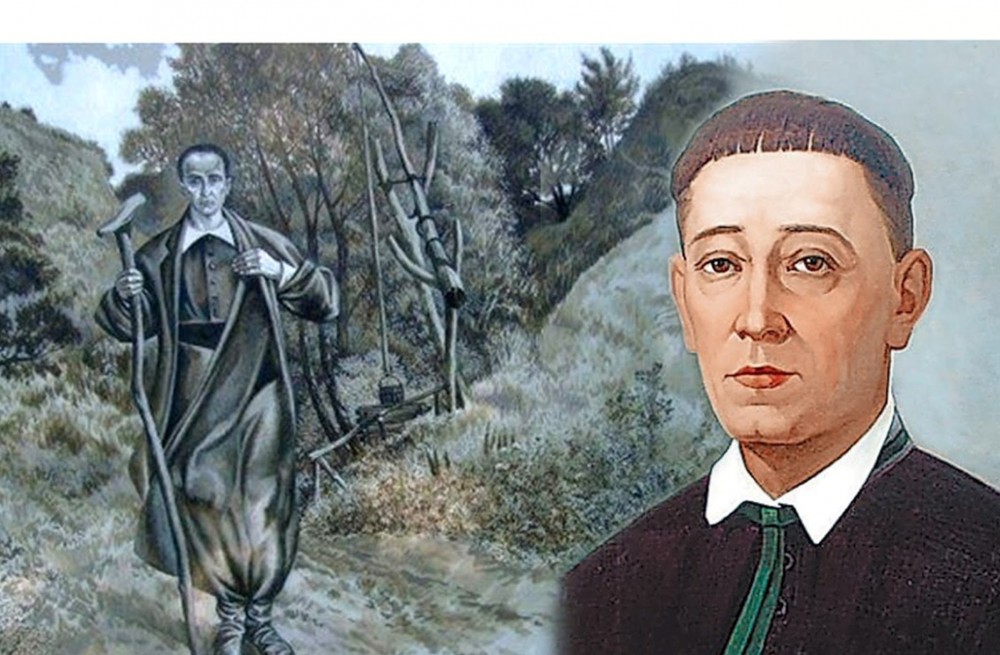
Within the article the attempt is made to study the perception of the XVIII century philosopher Hryhorii Skovoroda’s image and its philosophy through the prism of the later national identities. The fact is stressed that the statement of the issue concerning the Hryhorii Skovoroda’s image Ukrainization and the history of its solution turns out to be the consequence of the process of establishing the Ukrainian modern self-identity which started in the ХІХ century. The situation is emphasized that within “all-Russian” identity one can come across its three variations: Skovoroda is a “Russian” (meaning “all-Russian”); Skovoroda is a “Malorussian” (meaning a representative of a regional variant of a “Russian” identity) and Skovoroda is a “Ukrainian” (meaning a native from the land that is called Ukraine). At the end of the ХІХ century Skovoroda’s image was interpreted within Ukrainian personal identity. The conclusion is made that during ХІХ-ХХ centuries and even nowadays two national identities for Skovoroda’s personality remain relevant: Ukrainian and Russian. The Russian one is a result of the XVIII-XIX centuries “all-Russian” syncretism state being transferred into the modern particular Russian national self-identity. The process of Hryhorii Skovoroda’s image Ukrainization (in other words its extraction from the “all-Russian” context) developed through several stages. At the beginning of the ХІХ century he was “Ukrainian” because he had a Ukrainian territorial identity and was related to Slobidska-Ukrainian province. Later he became “Ukrainian” because he represented “simple” Ukrainian people. Finally he is “Ukrainian” because he belongs to the Ukrainian ethnic nation and therefore his philosophy belongs to Ukrainian philosophical culture.
Source: Artiukh V. O. (2022). Hryhorii Skovoroda: ukrainization of the image. Ancient Sumy Land. №LX: 58-68
Source web-site: https://starovyna.sumdu.edu.ua/wp-content/uploads/2022/07/3-%D0%90%D1%80%D1%82%D1%8E%D1%85.pdf
Number of views: 1816